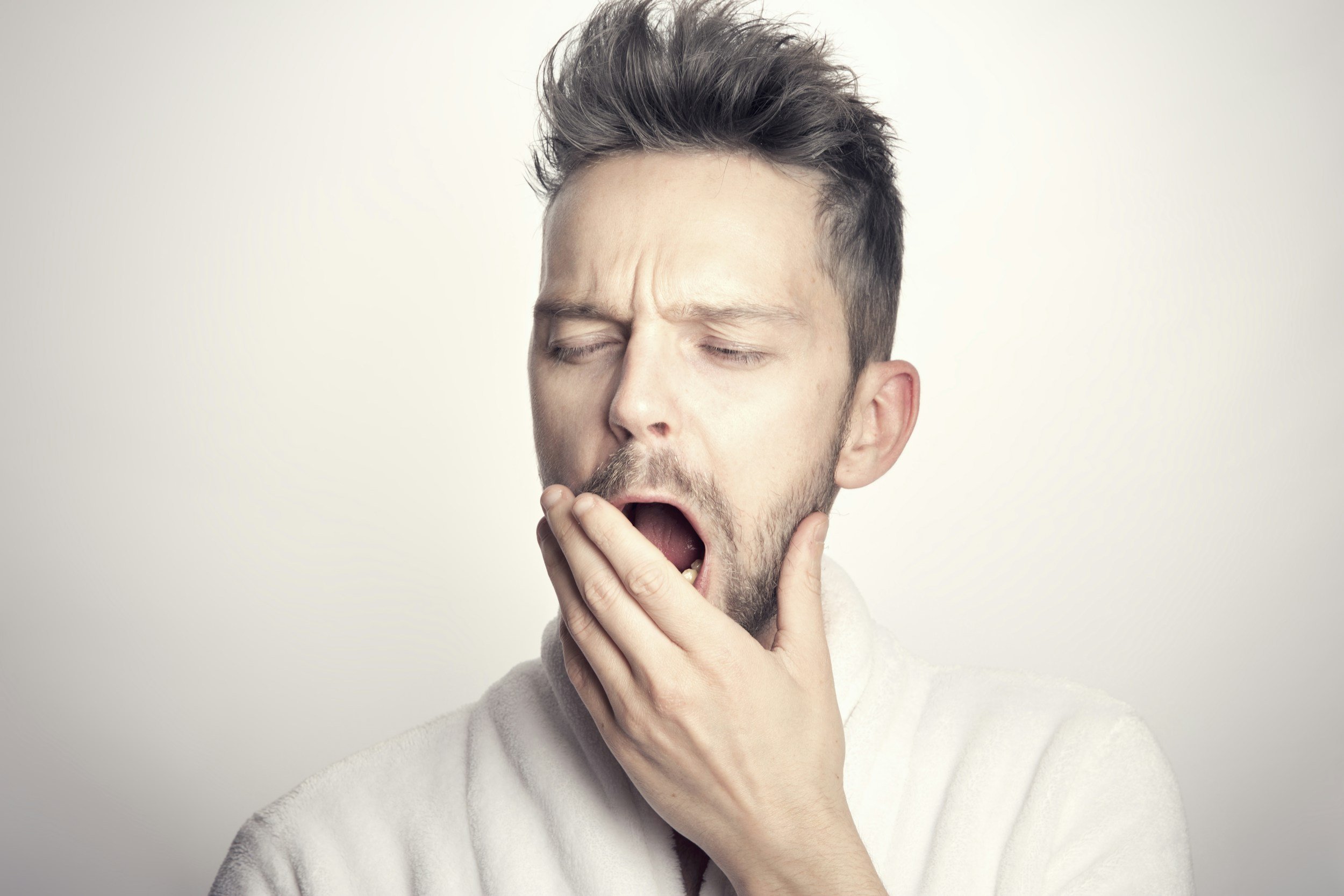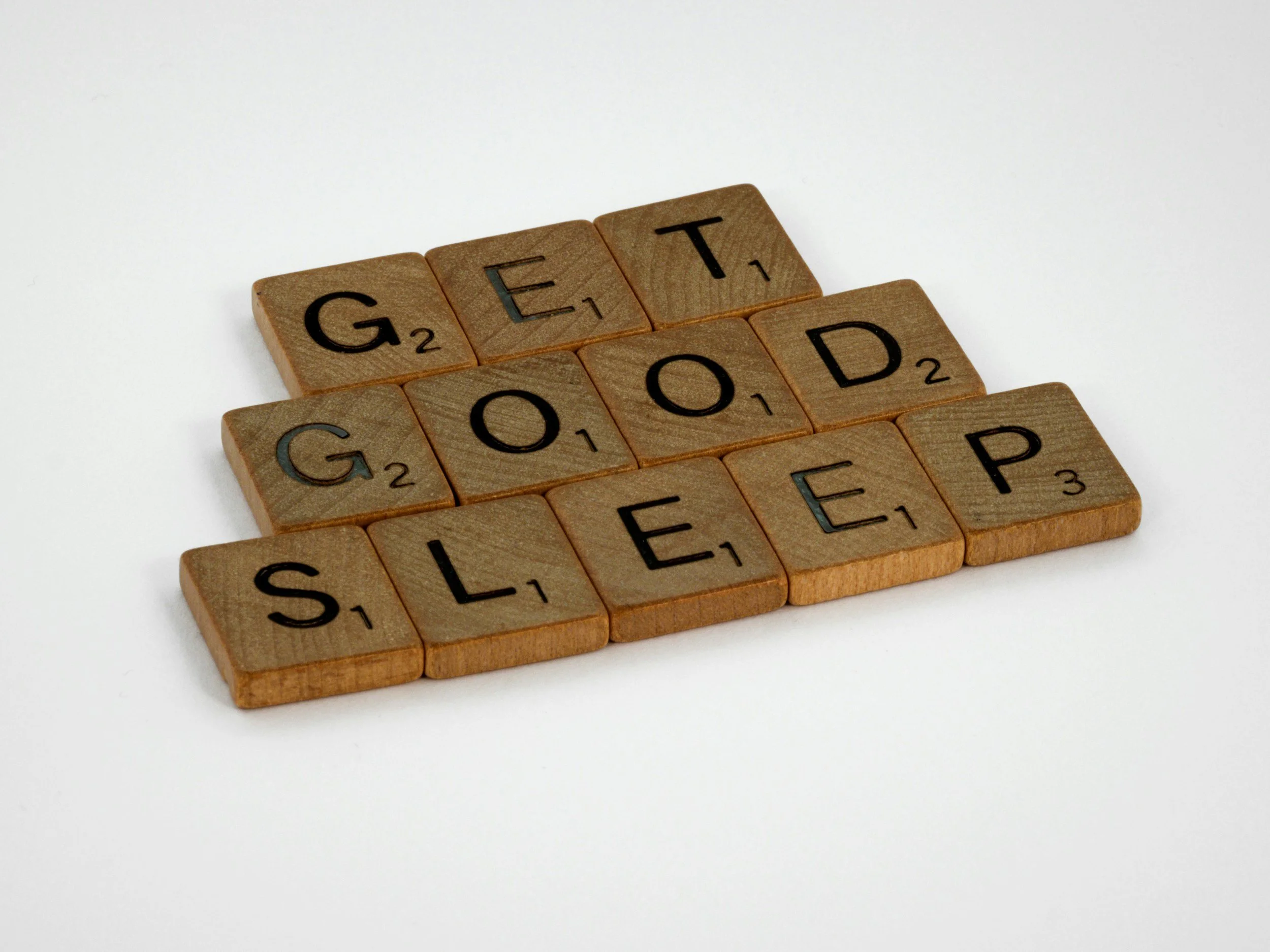


What is sleep disordered breathing?
There are many different types of SDB, however this blanket term encompasses abnormalities in breathing happening while sleeping which may or may not occur while awake.
It is also important to note people of all ages may experience SDB.
How do I know if I have sleep disordered breathing?
Extreme tiredness or fatigue, even after waking up
Headaches on waking up
Waking up feeling short of breath
Making choking noises or other odd sounds during sleep, sometimes snoring is a sign.
Nighttime tooth clenching or grinding
Why is it bad?
When you are not breathing well or normally during sleep, you are not getting quality rest. You may stop breathing altogether for a period of time. This can happen many times in an hour period depending on how severe the SDB is. Not only are we not getting in oxygen we need, and moving properly through our sleep cycle, we also increase our risk of other health conditions.
Below are a few common self assessments used to screen for sleep apnea:
What other conditions can be connected to sleep disordered breathing?
INCREASED RISKS ASSOCIATED WITH SLEEP APNEA:
High blood pressure
Heart disease
Stroke
Diabetes type II
Heart failure
Asthma
Metabolic syndrome
Memory loss
Depression
Weight gain
Acid reflux
Car accidents
What can I do?
There are many different treatment modalities when it comes to SDB. The first step is to discuss with your primary care doctor and have them write a referral to sleep medicine. This way you can receive a diagnosis. Depending on many factors, there are several routes for treating SBD’s. One route, which complements many other forms of treatment, is myofunctional therapy.
Myofunctional therapy is not as invasive as some treatments and can be used in conjunction with other methods and appliances. There are studies showing how this therapy can help to decrease the apnea-hypopnea index. This means the number of events which occur in an hour span are reduced.

